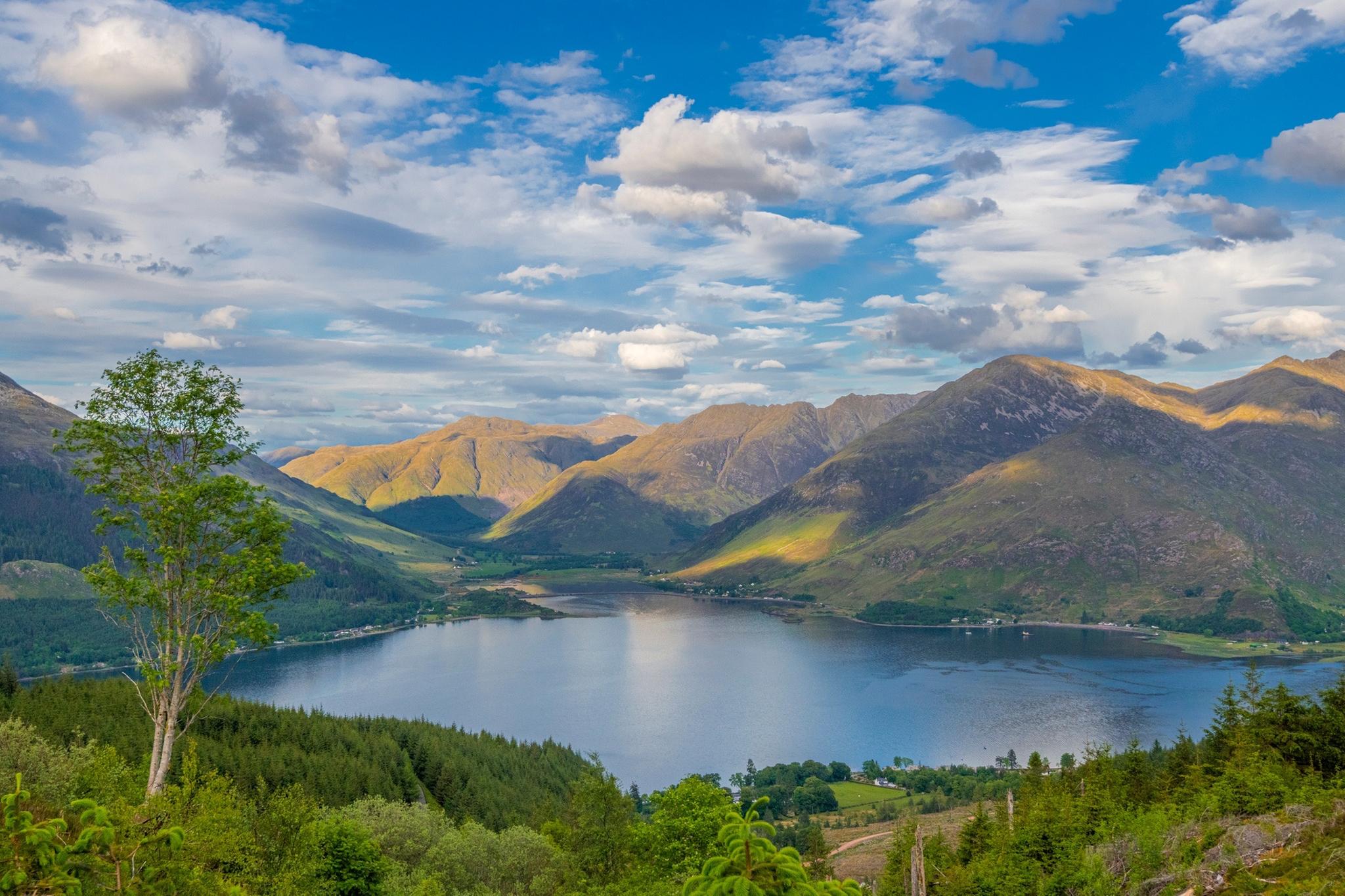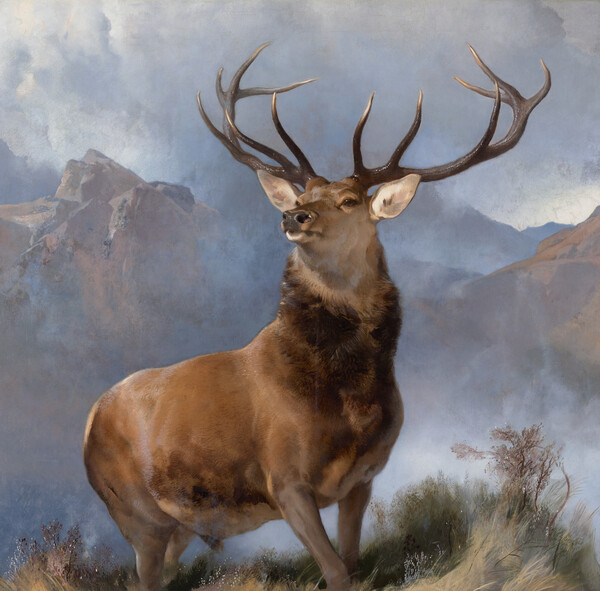
Kintail, Wester Ross, The Highlands © VisitScotland
The romanticised and idealised view of the Scottish Highlands as a place of untamed natural beauty emerged during the 18th and 19th centuries, and is largely influenced by the works of the Scottish novelist and poet Sir Walter Scott (Butler, 1985). The popularity of Scotland in the public eye was further enhanced by Queen Victoria’s purchasing of Balmoral Castle in 1852 and paintings from that era such as Landseer’s The Monarch of the Glen (Butler, 1985). Over the years the Highlands have become highly mythologised as a central and integral part of Scotland’s historical and national identity (Withers, 1999). This idealised image has been sustained through tourism, where the landscape and culture are presented as a highly curated spectacle for visitors (MacDonald, 2002).
The Scottish tourist industry collaborated with the film’s marketing campaign to promote Scotland as a tourist destination (Tzanelli, 2014). Although set in an “idea” of Scotland rather than any specific locale, real-life inspirations for Brave such as Dunnottar Castle and the Calanais Standing Stones were promoted as tourist destinations (VisitScotland, n.d.). This form of media tourism poses challenges to rural areas that don’t have the infrastructure to support high volumes of visitor traffic (Garrison & Wallace, 2021).

Kintail, Wester Ross, The Highlands © VisitScotland

The Monarch of the Glen. Sir Edwin Landseer ~1851
© National Galleries of Scotland